15 Examples of Types of Maps
Miscellanea / / March 30, 2022
A Map is a graphical representation of a territory on a flat surface, which provides guiding information on location, limits, geographical accidents, among others. It is done following a metric scale and, for this reason, it is a symbolic representation. For example: political map.
The main function of a map is to synthetically inform location points and orientation coordinates, as well as available routes, reliefs of the earth's surface, regional climate, political-territorial limits, points of interest, population distribution, among many others factors.
The technique of drawing maps or geographic charts is called cartography. The cartographic process consists of three general moments: first, the data collected is recorded and generalized; then with them, the map is given visual form and, finally, the information is interpreted.
There may be different types of maps depending on their use. They can be referential or general maps, which serve as a guide to identify a place or to get to it, but there can also be thematic maps, for educational or informative purposes.
Composition of the maps
The parts that make up a map are as follows:
Map Features
Types of maps and examples
Maps can be of different types, depending on the kind of information they contain:
- Planispheres or world map. They provide information on the general geography of the entire planet, both its territorial platforms and its oceans. These are often seen to distort proportions due to difficulties in representing the roundness of the Earth on a flat surface. For example:
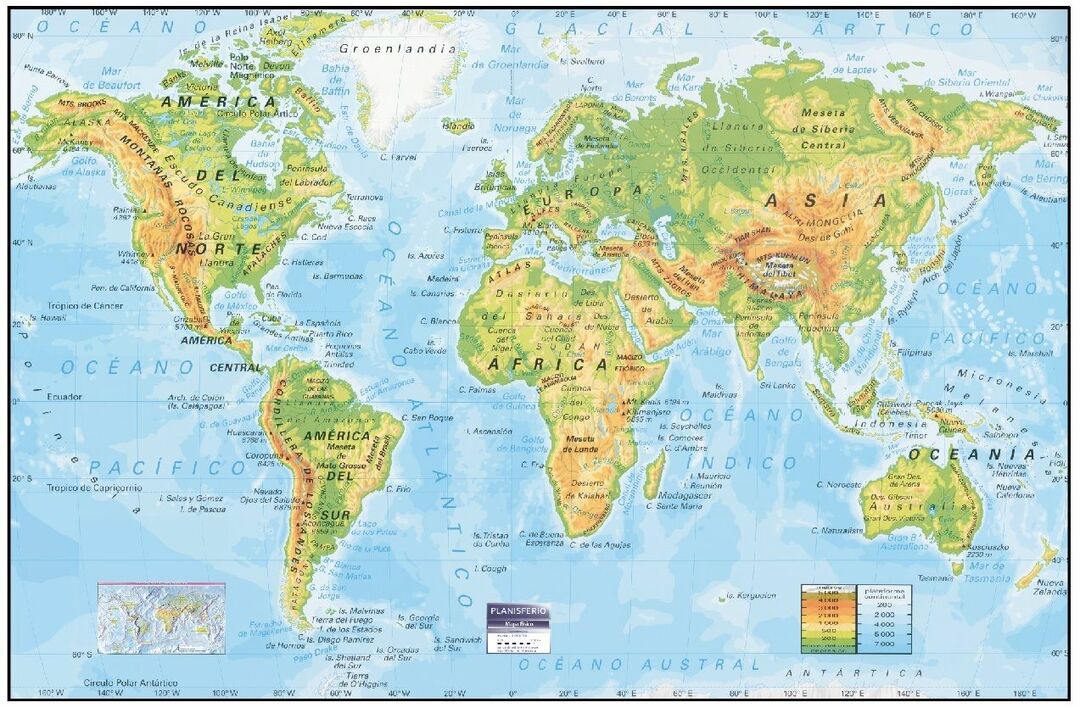
- continental maps. They represent a specific continent. They can offer information about their conformation, limits or any other element that is sought to be highlighted. For example:
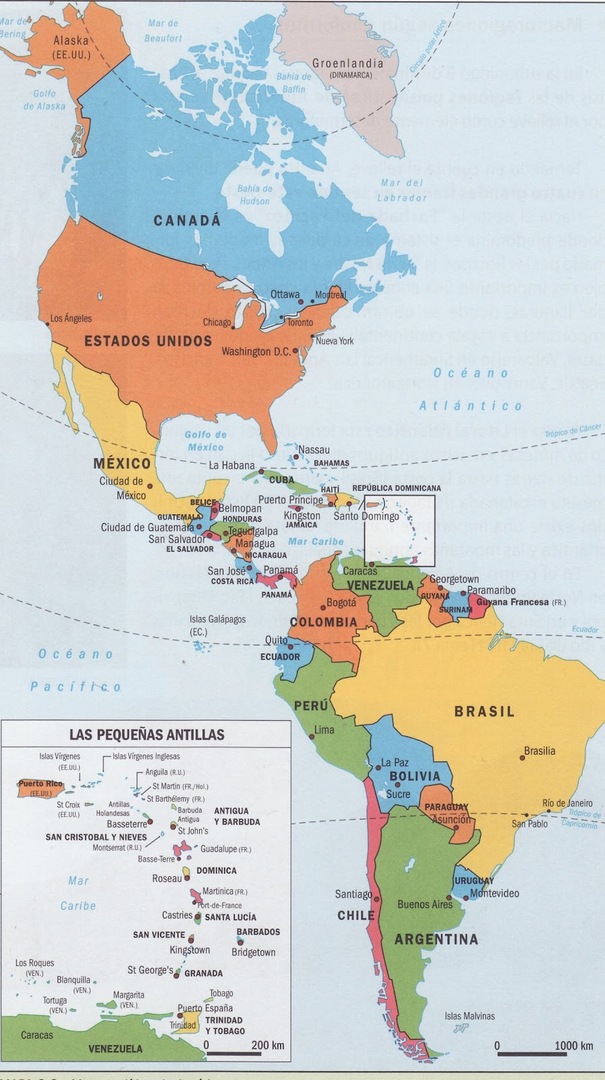
- physical maps. They show the relief, the geological formations or any physical alteration of the territory, such as mountain ranges, valleys and volcanoes. For example:
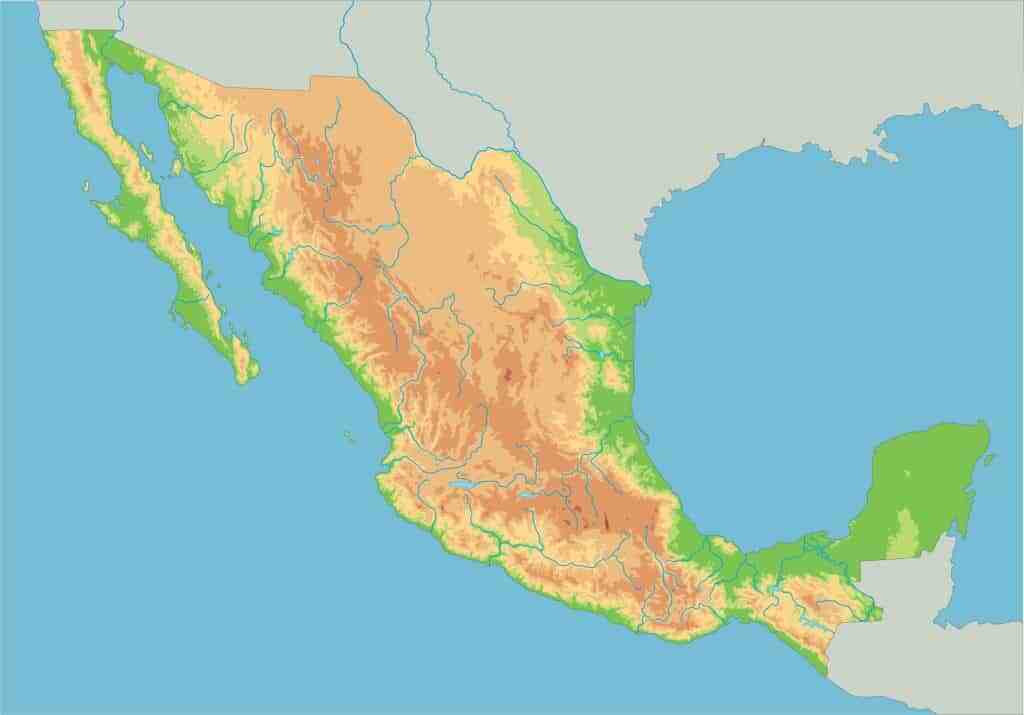
- hydrographic maps. They show the water sources of a territory, such as rivers, lakes, seas, oceans, waterfalls, basins, wells, among others. For example:

- topographic maps. They show the physical characteristics of the earth's surface. Although in this sense, they resemble physical maps, topographic maps are specialized and use contour lines, which allow reflecting the shape of the Earth's surface. For example:
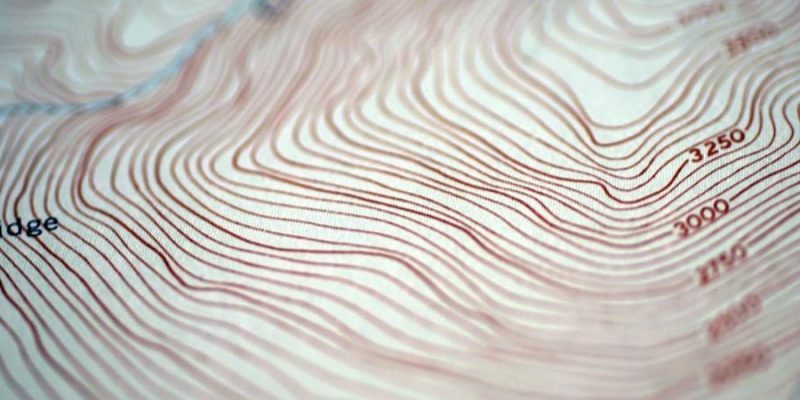
- bathymetric maps. They show land features below water surfaces. Its primary function is to provide detailed depth contours of ocean topography, as well as detailing the size, shape, and distribution of underwater features. This type of map is complementary to the topographic map, which shows the elevation above the ground. For example:
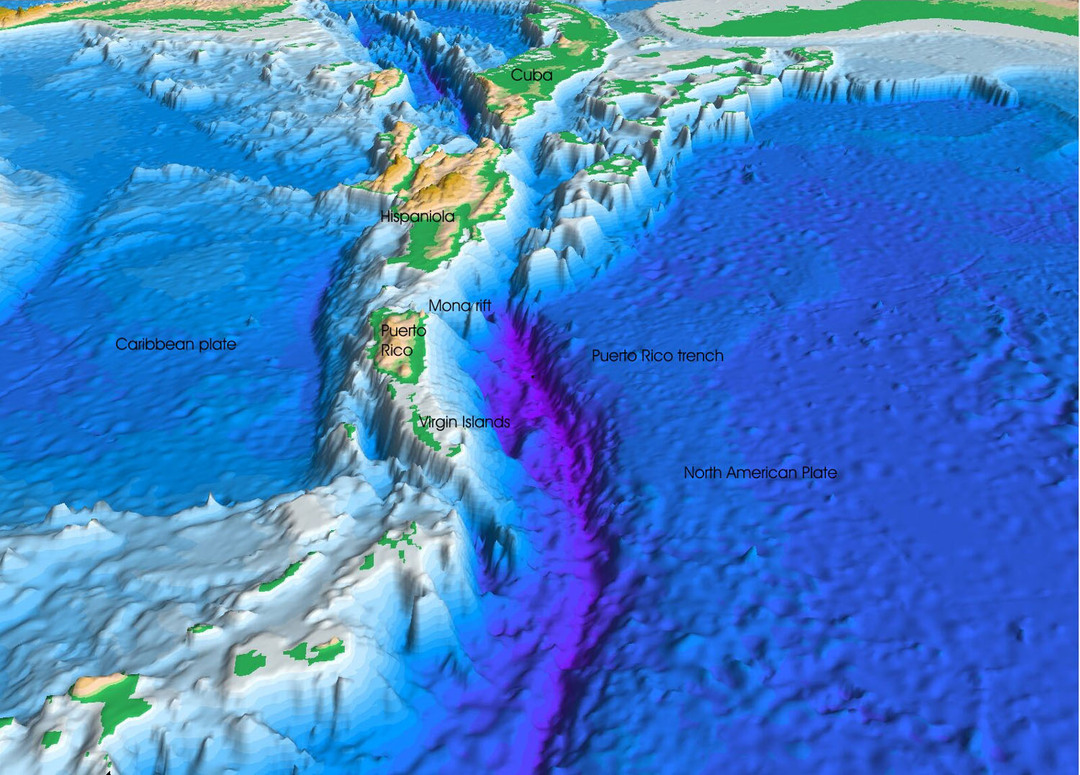
- geological maps. They show the characteristics of the soil and subsoil of the area represented: geological formations, rocks, seismic faults. They also calculate the age of all these and the transformations suffered over time. For example:
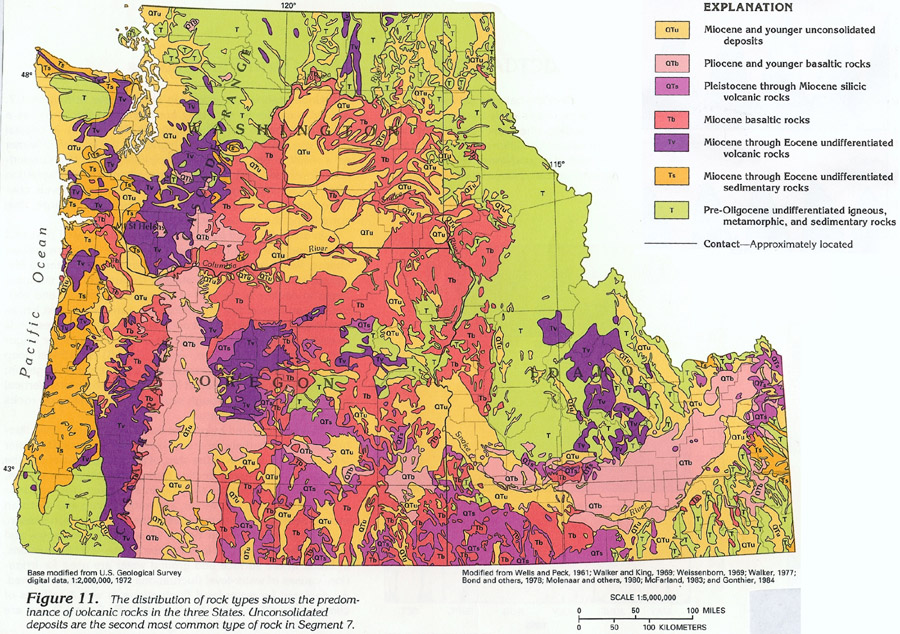
- soil maps. They show the biological, physical and chemical attributes of the soil. They also allow identifying possible processes such as desertification or pollution, through the identification of chemical limitations (such as salt and sodium) or physical limitations (such as rock, gravel, stoniness) that affect the use and management of the ground. They constitute a fundamental support in the planning and execution of actions aimed at the optimal use of natural resources, and they are a frame of reference for the prevention of ecological disasters and environmental degradation, caused by the inappropriate use ground. For example:

- climatic maps. They show the behavior of the climate: indicators of temperature, humidity, direction of the winds, among other climatic factors. It is a type of map widely used in meteorology, construction, agriculture or gardening. For example:
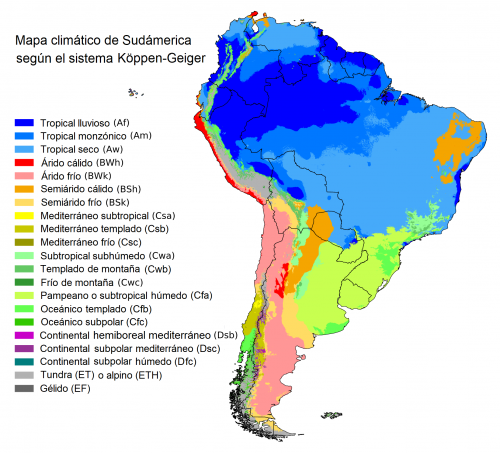
- rainfall maps. They specifically show the rainfall in the region, that is, they record the behavior, frequency and characteristics of the terrain's rainfall. For example:
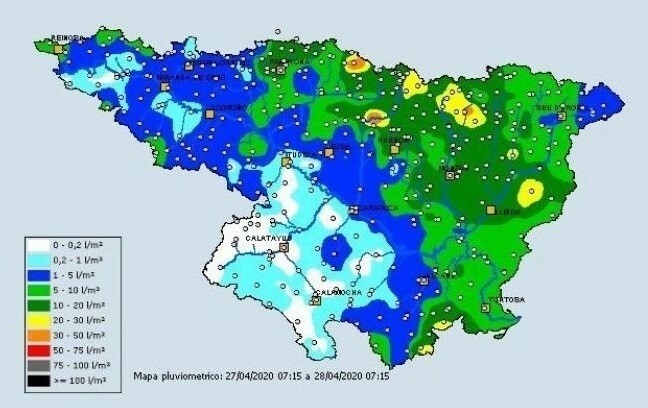
- political maps. They show the territorial limits between regions that constitute a political or administrative unit, that is, they represent the territorial borders between countries, states, regions or municipalities. Borders are imaginary lines established by human beings to delimit the administration of a territory. For example:

- demographic maps. They show the general distribution of the population. It accounts for the concentration or density of the population within a certain territory, which is usually represented with colors or symbols. For example:
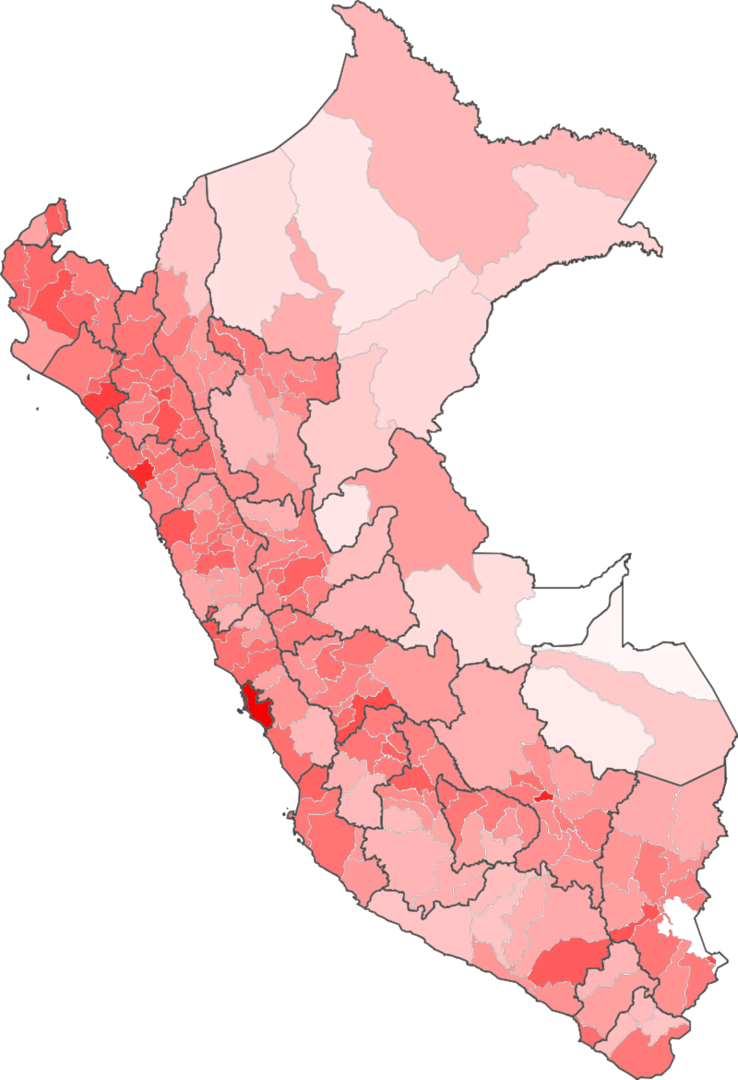
- linguistic maps. They show the different languages spoken in a certain geographical area. They are especially useful in places where, in addition to the official language, other languages are spoken. They can be thought of as a subcategory of demographic maps. For example:

- urban maps. They show the layout of a city and record its main characteristics, such as streets, avenues, network transportation, places of cultural interest, public institutions, hospitals, police stations, among others. others. For example:

- time zone maps. They show all or part of the earth's surface, together with the meridians that determine the time zones of each region, that is, the official time of each country. A time zone is each of the parts in which the earth's surface is divided by twenty-four equally spaced meridians and in which the same time is conventionally governed. For example:

- economic maps. They show the economic activity of a certain region. Their usefulness lies in the fact that they allow to quickly locate the type of activities that generate wealth to the area studied, as well as the knowledge of the earth's resources and the obtaining of matter cousin. For example:
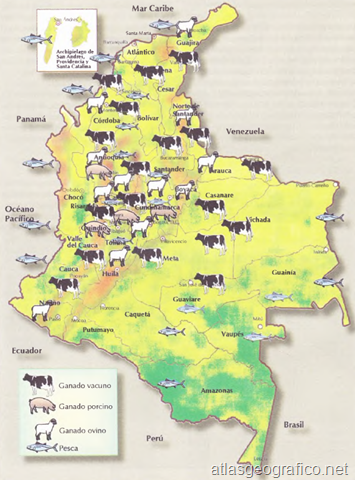
- historical maps. They show places, facts or phenomena that existed in times before the date of making the map, as well as events from the past to help researchers find their way around. They should not be confused with old maps, that is, with those that, at the time of their creation, wanted to reflect the reality of their time but that are currently out of date. They are very useful for understanding historical phenomena such as migrations, economic routes, invasion processes, the expansion of historical actors, among others. For example:
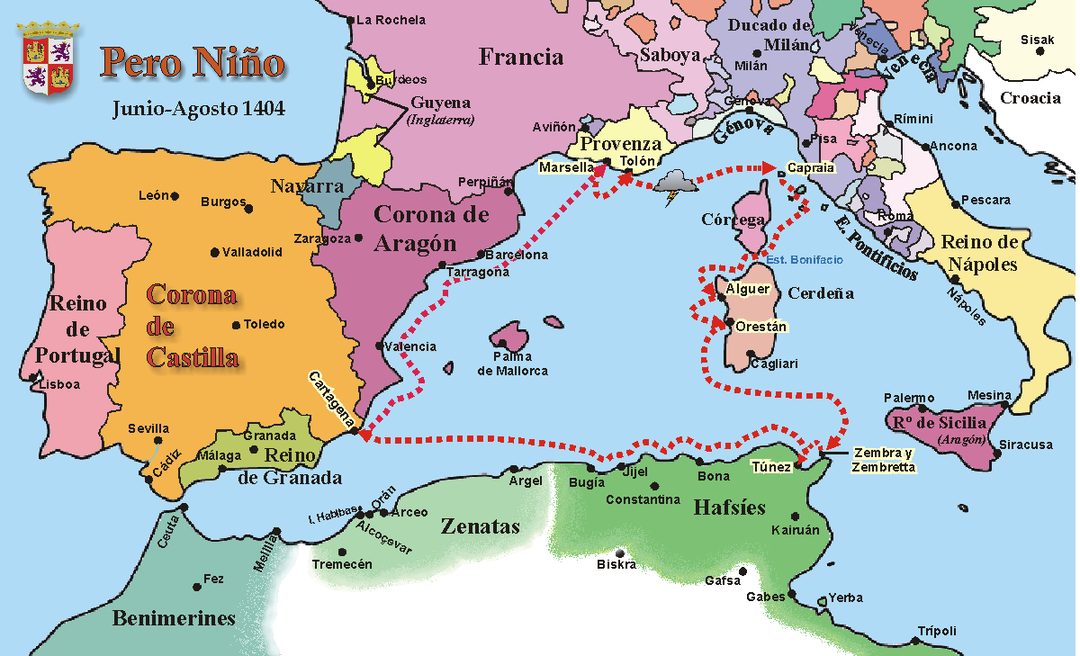
It can serve you:



